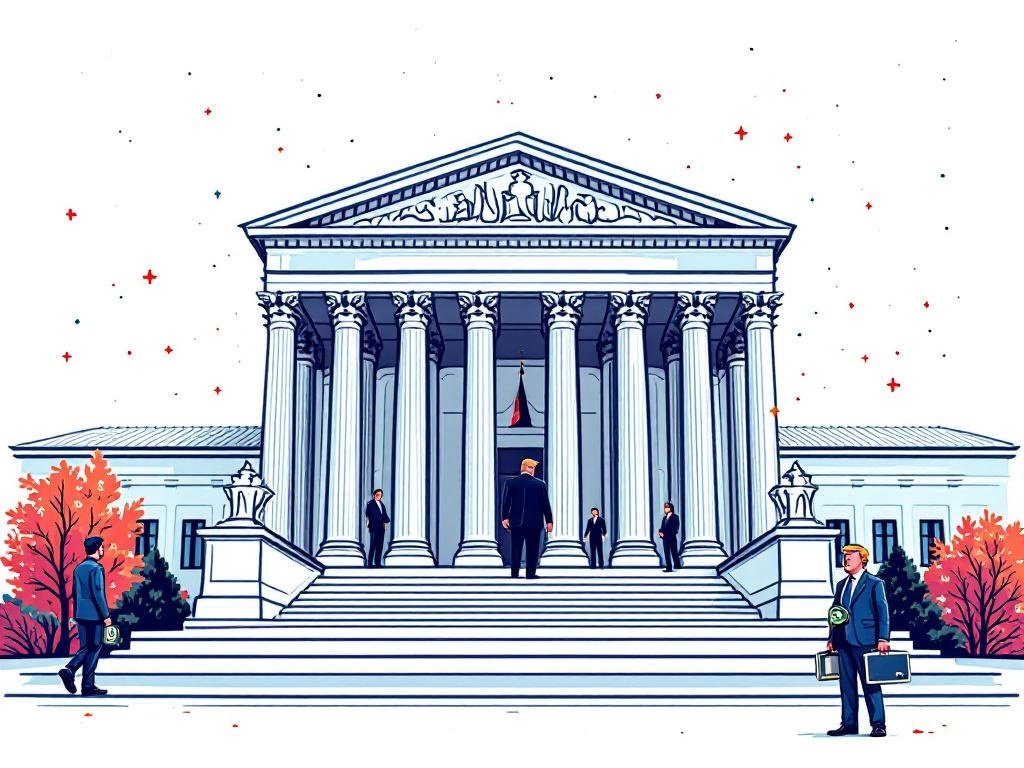Supreme Court Permits Trump's Federal Job Cuts to Proceed

Washington, D.C., Tuesday, 8 July 2025.
The Supreme Court’s decision enables President Trump to initiate layoffs across 21 federal agencies, impacting thousands and potentially destabilizing the federal workforce amid economic uncertainties.
The Legal Battle and Supreme Court’s Decision
On 8 July 2025, the Supreme Court lifted a lower court order that had previously blocked former President Donald Trump’s plans for significant layoffs and restructuring across various federal agencies. Originally, a ruling by U.S. District Judge Susan Illston in May 2025 had put a halt to the layoffs, asserting that Trump had overstepped his authority. Judge Illston ruled that large-scale reorganization and workforce reductions could not occur without Congressional approval, reflecting on the need for checks and balances in government restructuring [1][2]. Justice Ketanji Brown Jackson was the sole dissenting voice in the Supreme Court’s decision, highlighting her concerns over the implications of this ruling [2][3].
Potential Impacts on the Federal Workforce
The lifting of the order allows the Trump administration to proceed with workforce reductions across 21 federal departments, including Agriculture, Commerce, Health and Human Services, State, Treasury, and Veterans Affairs [2][4]. This decision could affect thousands of federal employees, with layoffs imminent as departments begin implementing the planned cuts. According to the administration, these efforts aim to address inefficiencies and budget concerns, although critics argue that such measures could destabilize the federal workforce and impair government service delivery [2][4].
Economic and Political Ramifications
This ruling may have broader economic implications. The potential increase in unemployment resulting from such a large number of federal layoffs could impact national job market trends. Furthermore, the move has sparked political controversy, with unions and local governments expressing strong opposition to the administration’s approach [1][3]. Key opponents argue that bypassing Congress in such matters sets concerning precedents for executive overreach and undermines established legislative procedures [1][3].
Future Prospects and Concerns
Looking forward, the decision supports a conservative agenda that envisions a leaner federal government with less centralized control over agency staffing. Trump’s approach underscores a fiscal policy focus on reducing federal spending by altering government structures and responsibilities [1][5]. However, questions remain about the long-term efficacy and potential disruptions caused by these changes, as stakeholders continue to navigate the evolving landscape of federal workforce management [5][6].